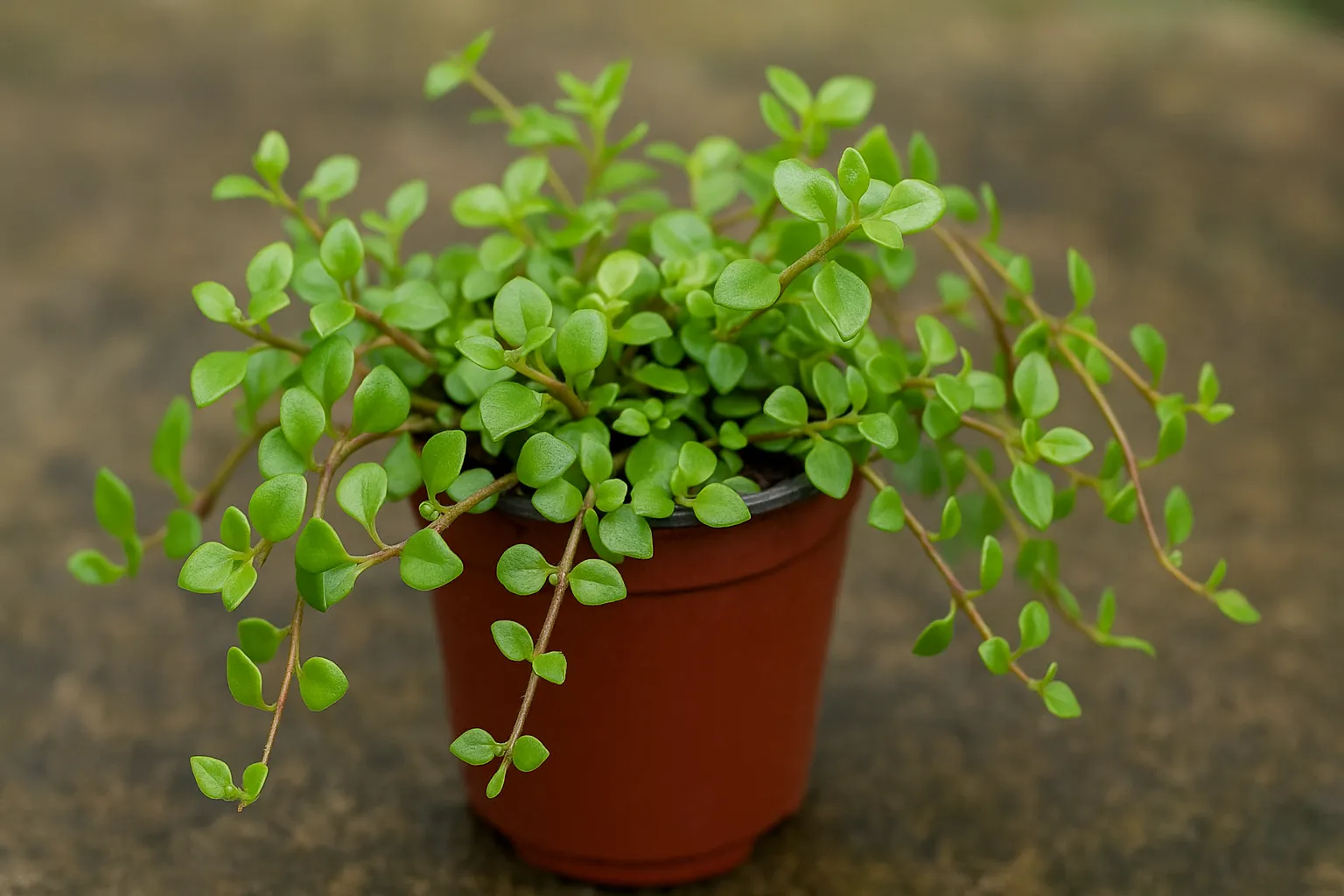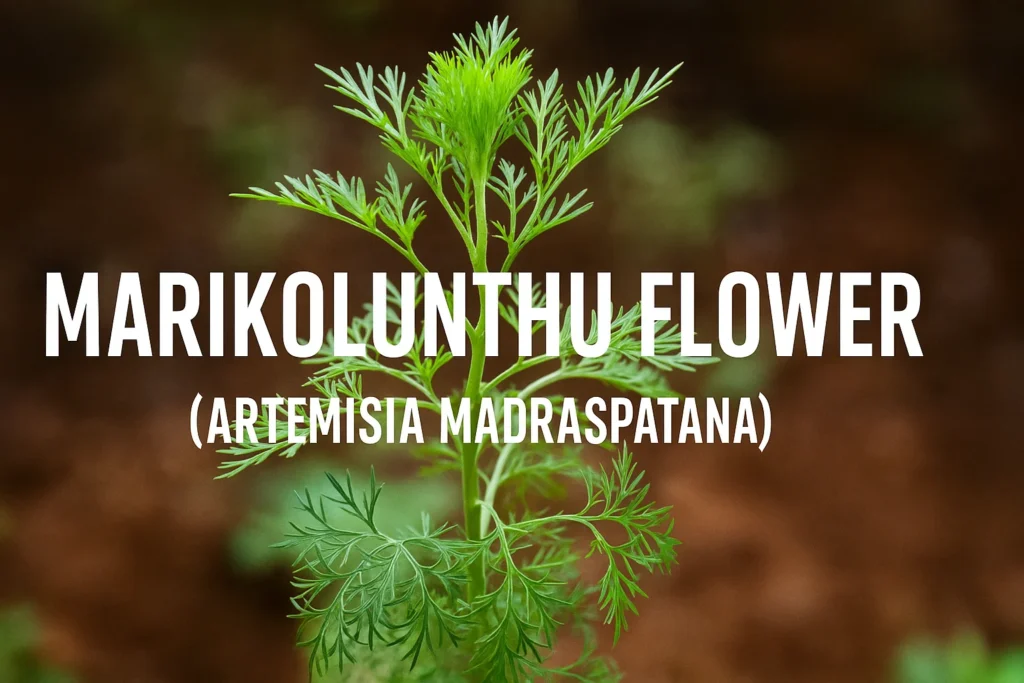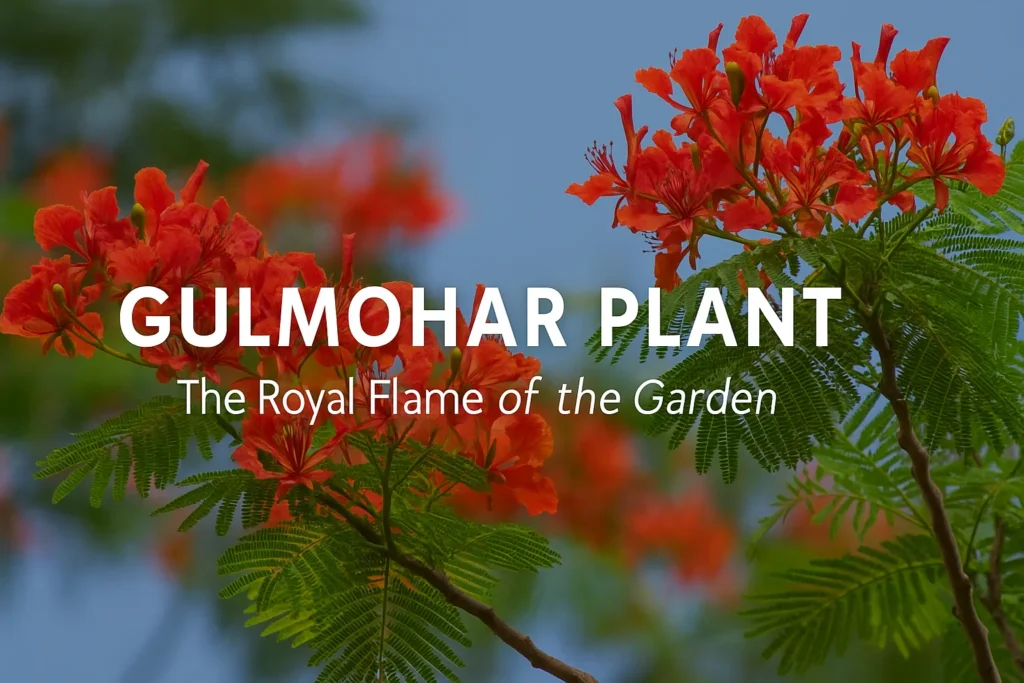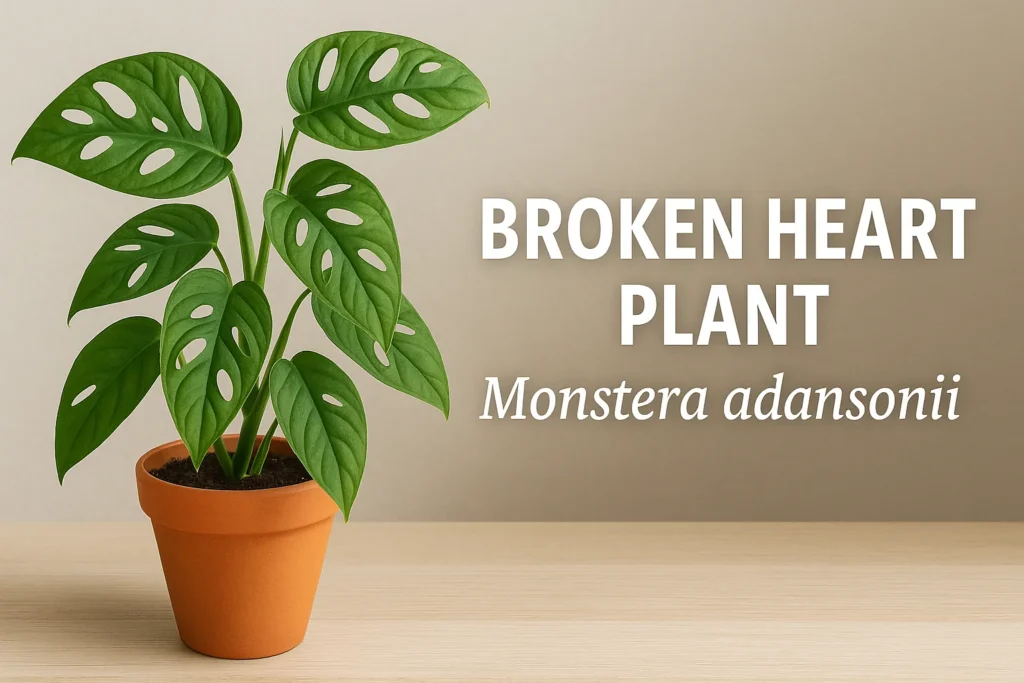The Tangled Heart Plant is a charming, trailing plant that brings instant life and movement to any indoor space. With its cascading vines and heart-shaped leaves, it’s often called a “living curtain” by plant lovers. If you’re someone who enjoys decorating with greenery or you’re just starting your indoor garden, this plant might just steal your heart. Scientifically known as Plectranthus prostratus, this plant is also affectionately referred to as the pillow plant, thanks to its soft, delicate foliage.
Whether you’re a seasoned gardener or a beginner with a sunny windowsill, here’s a complete guide to understanding, growing, and multiplying this quirky little vine.
What Is the Tangled Heart Plant?
Let’s begin by understanding the identity of this trailing wonder. The tangled heart plant belongs to the mint family, Lamiaceae. Its botanical name is Plectranthus prostratus, and it’s a low-growing creeper known for its mat-forming nature. The leaves are tiny, heart-shaped, and usually a lush green or sometimes with a purplish tint underneath.
Due to its soft appearance and gentle trailing habit, it’s often used in hanging baskets or allowed to trail over the edges of pots. It adds a cozy, cascading aesthetic to indoor spaces and shaded balconies.
Tangled Heart Plant Care: Simple but Specific
If you’re wondering how to keep this cutie happy, you’re in luck. The tangled heart plant is not fussy, but like all plants, it does have a few preferences.
Light: It thrives best in bright, indirect light. Direct sun may burn its delicate leaves, so a filtered light source like a sheer curtain works best. For outdoor spaces, a shaded balcony or porch is ideal.
Watering: This plant prefers slightly moist soil but hates standing water. Let the topsoil dry between waterings. Overwatering can lead to root rot, so ensure your pot has proper drainage.
Soil: A well-draining potting mix is essential. You can use a mix of regular garden soil with some added perlite or sand.
Humidity & Temperature: It enjoys mild humidity and moderate temperatures. Keep it away from cold drafts or overly dry indoor air from heaters.
Fertilizer: A balanced liquid fertilizer once a month during the growing season (spring and summer) keeps it lush and happy.
Many plant parents pair the tangled heart plant indoor setup with other soft foliage plants like the Marikolunthu, which also complements cozy green corners beautifully.
Tangled Heart Plant Propagation: Grow More with Ease
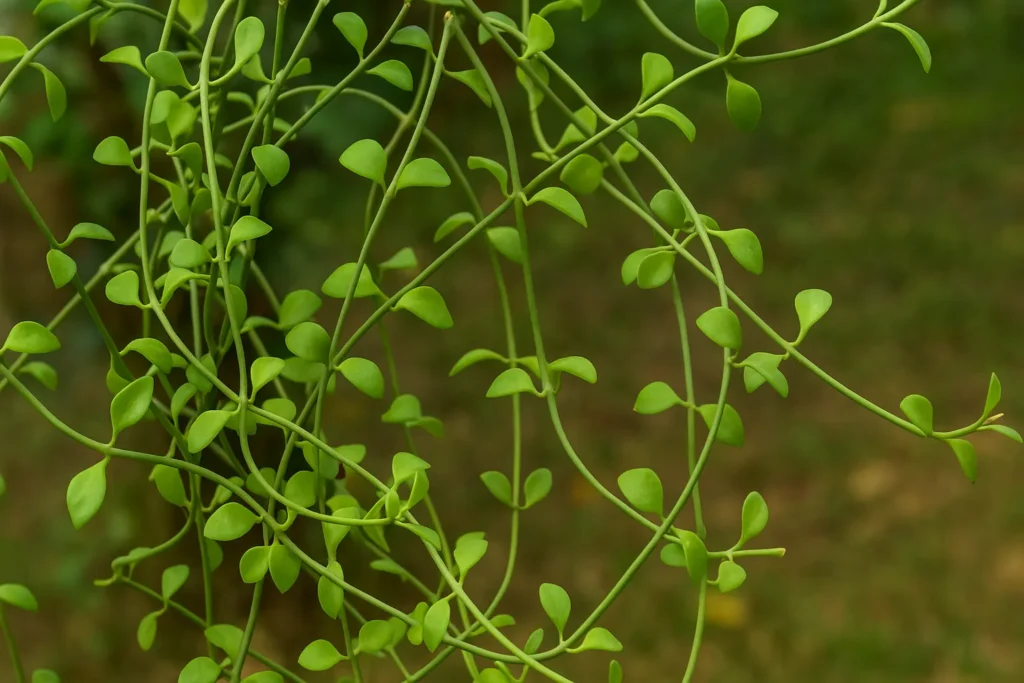
One of the joys of having a tangled heart plant is how easily it can be propagated. If you’re the type who loves sharing plant cuttings with friends or multiplying your collection, this is the plant for you.
Stem Cutting Method:
- Take a 3 to 5-inch healthy stem cutting just below a node.
- Remove the lower leaves and place the cutting in a glass of water.
- Within a week or two, you’ll notice roots beginning to develop.
- Once the roots are at least an inch long, transplant the cutting into soil.
Alternatively, you can also plant the cutting directly into moist soil and keep it in a humid environment (like covering it with a plastic bag) until roots develop.
This method is very similar to how one might propagate other herbs and soft-stem plants like the Pirandai Plant, known for its thick stemmed growth and medicinal value.
Is the Tangled Heart Plant Good for Indoors?
Absolutely! The tangled heart plant indoor setup not only adds aesthetic value but also brings a bit of nature’s calm indoors. It’s non-toxic, which makes it a safe choice for homes with pets and children. Its ability to trail from hanging pots or shelf edges makes it ideal for small apartments or cozy corners.
You can place it:
- In hanging baskets near a window
- On top of shelves where vines can trail down
- Mixed with other plants like Tagar Flower for a green floral corner
And if you’re thinking of upgrading your balcony garden, consider installing an Invisible Grill for balcony for safety without compromising on light or air—perfect for homes with trailing plants like this one.
Why Is It Called the Pillow Plant?
The name pillow plant comes from its soft, lush foliage that forms cushion-like mats when allowed to grow freely. In some cultures, it’s believed to bring a soothing vibe, much like a comfy pillow on a tired evening. While it’s not an officially recognized name in botany, the nickname captures its gentle and huggable appearance.
Much like the Gunja Plant, which has cultural and aesthetic relevance, the pillow plant holds a special place for those who believe in creating emotionally warm spaces with greenery.
Plectranthus Prostratus vs. Other Plectranthus Varieties
There are several varieties within the Plectranthus genus, but Plectranthus prostratus stands out for its trailing habit and tiny heart-shaped leaves.
Some of its popular cousins include:
- Plectranthus amboinicus (Indian Borage)
- Plectranthus scutellarioides (Coleus)
Unlike these, Plectranthus prostratus is more ornamental and less medicinal. That said, many still explore its use in herbal home remedies. It shares a subtle similarity in structure with the Nargis Flower, known for its delicate blooms and graceful posture.
When giving care, remember that plectranthus prostratus care requires less sunlight and prefers indirect light, setting it apart from other sun-loving Plectranthus varieties.
Common Problems and Quick Fixes
Like most houseplants, the tangled heart plant may show signs of stress if something’s off. Here’s how to deal with some common issues:
Yellowing Leaves: Usually caused by overwatering. Let the soil dry out more between waterings.
Leggy Growth: If the plant is stretching out too much, it’s likely not getting enough light. Move it to a brighter spot.
Root Rot: Too much water and poor drainage can lead to rot. Always use a pot with a hole at the bottom.
Regular trimming and occasional repotting will keep your tangled heart plant full and healthy—just like how pruning enhances the growth of flowering plants like Buraansh.
Final Thoughts
The tangled heart plant is a wonderful addition to any plant lover’s collection. With minimal effort and a bit of attention, it will reward you with a lush cascade of green that’s both calming and delightful. From propagation to indoor placement, this plant adapts well and adds charm to even the smallest of spaces.
Whether you’re decorating a windowsill, balcony, or coffee table, consider pairing it with fragrant plants like the Powder Puff Plant to create a layered, multi-sensory green space. So if you’ve been on the fence about bringing home the tangled heart plant, take this as a green light. It’s beginner-friendly, beautiful, and easy to care for. Happy planting!

